1. Tomatoes
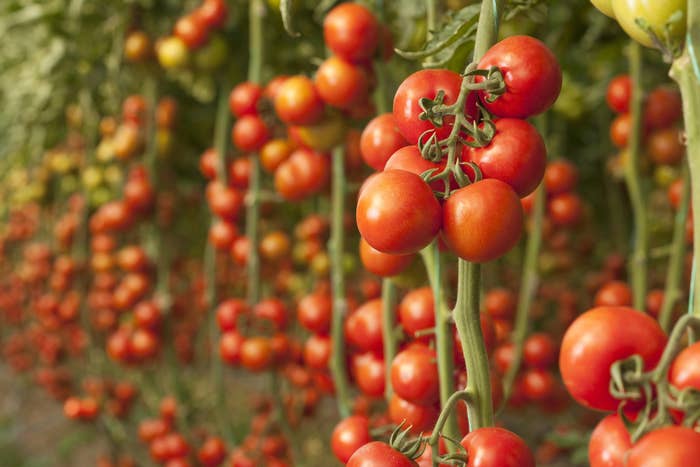
2. Sunflowers
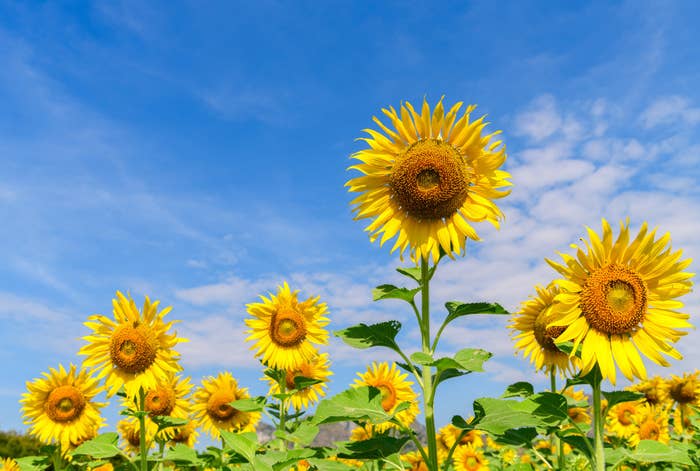
3. Lettuce

4. Zinnias
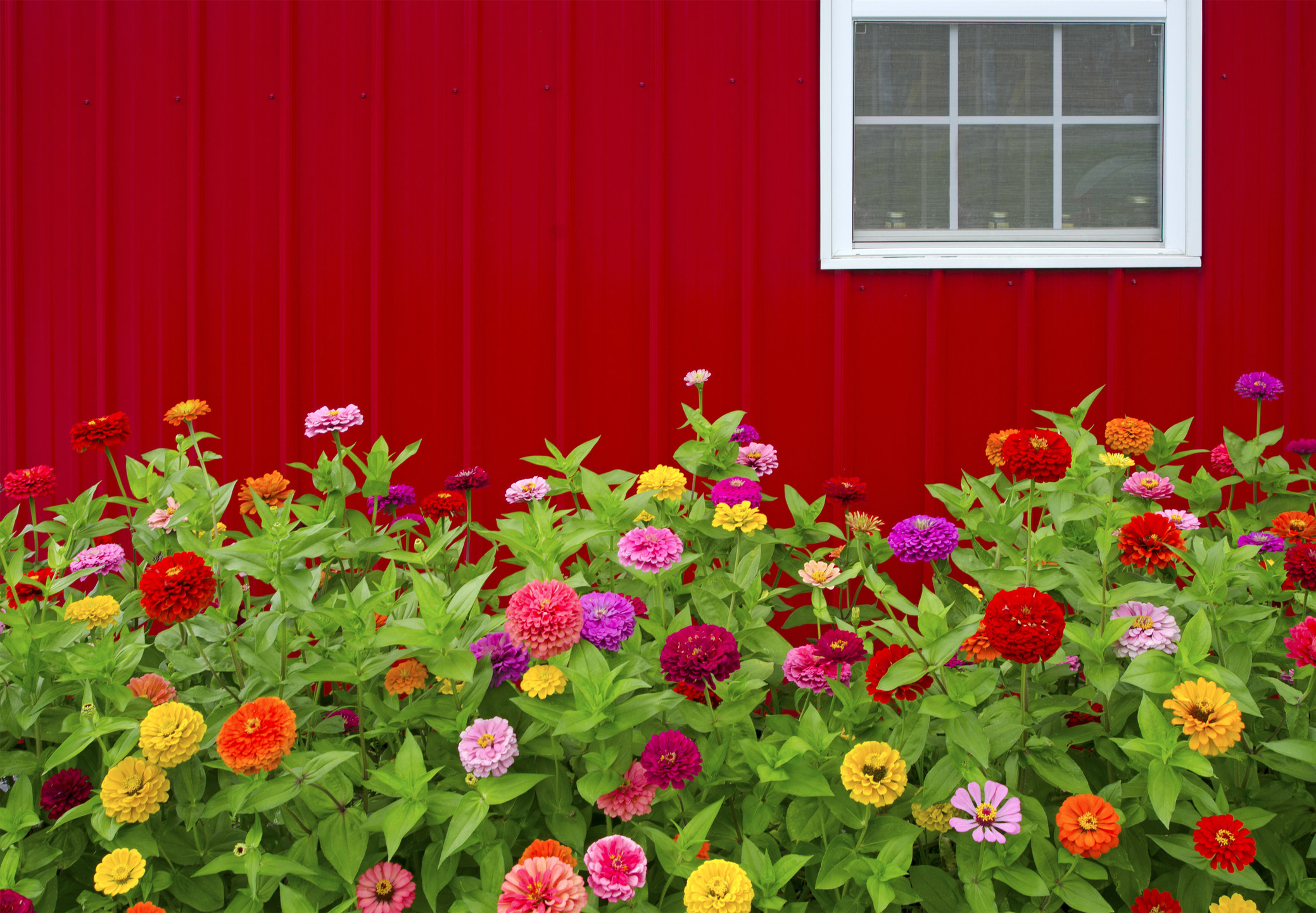
5. Green Beans
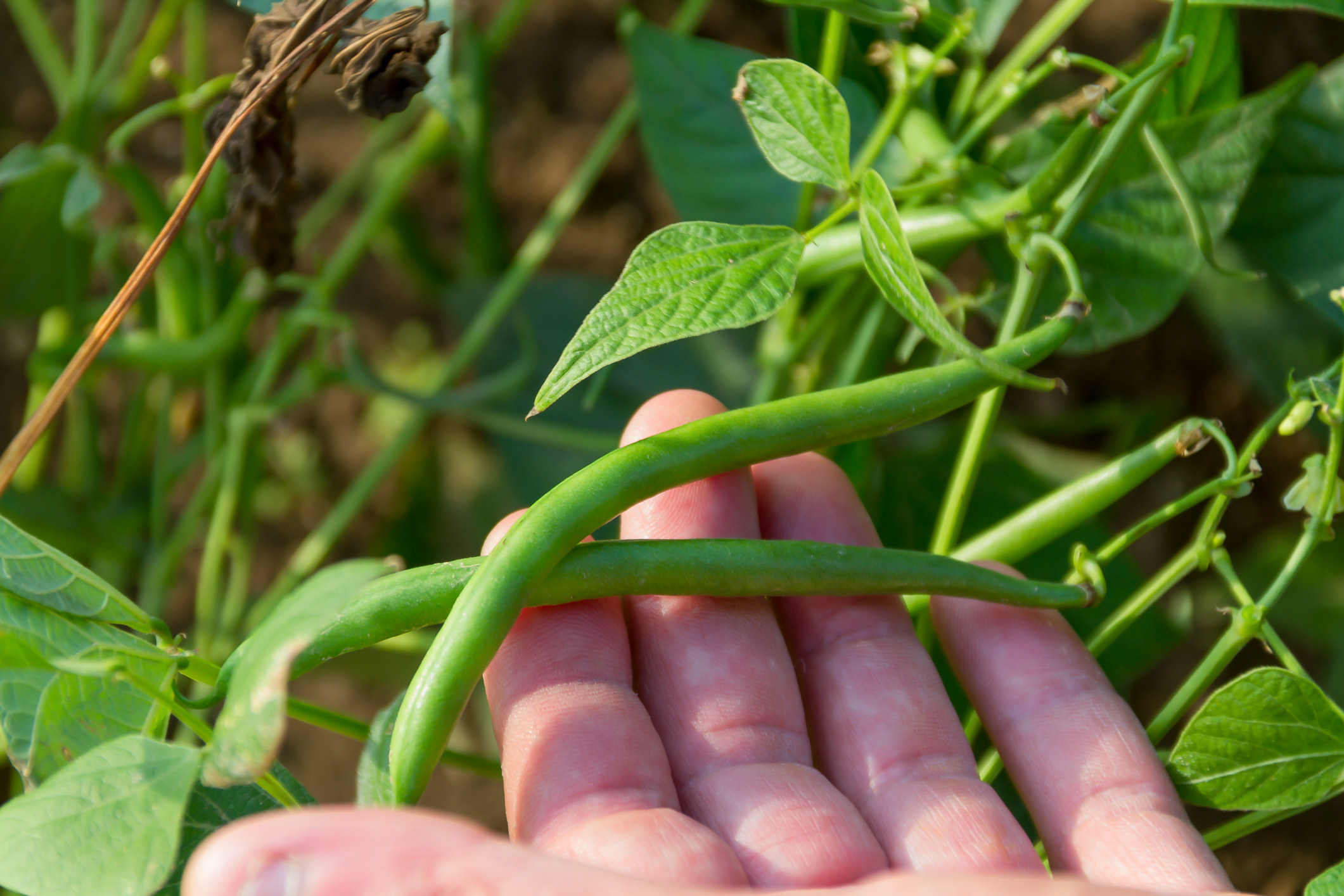
6. Impatiens
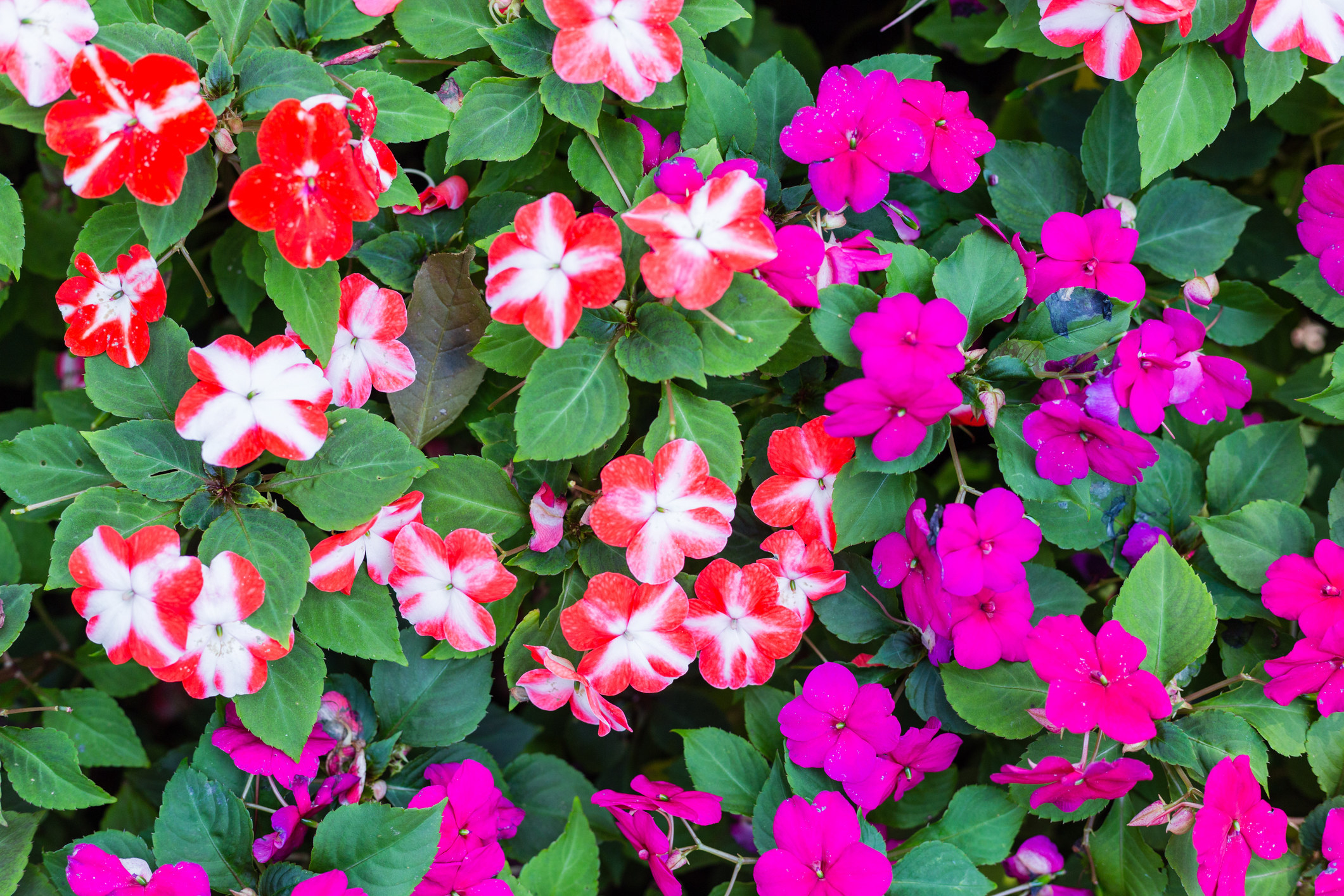
7. Zucchini

8. Daffodils

9. Carrots
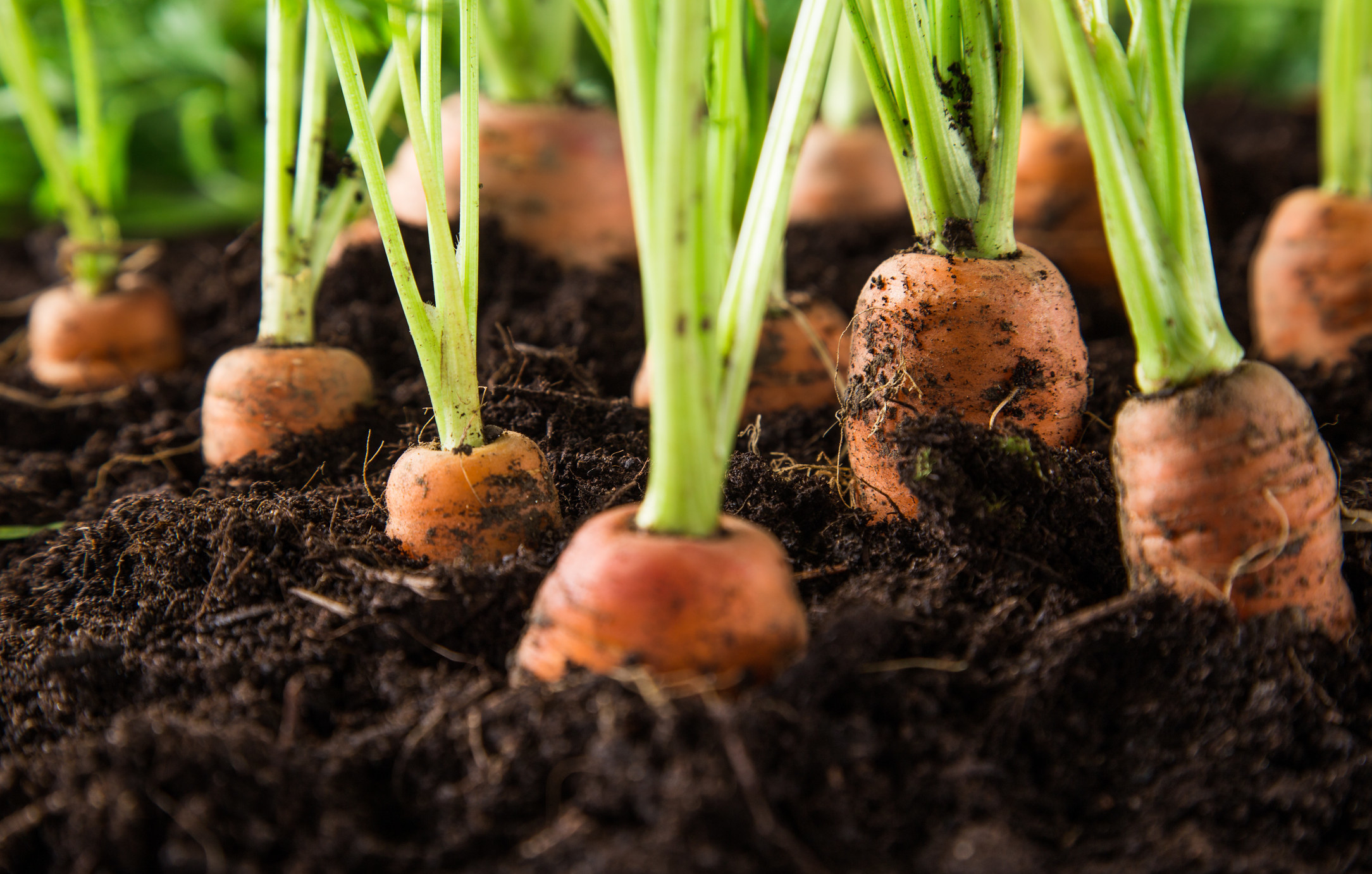
10. Pansies
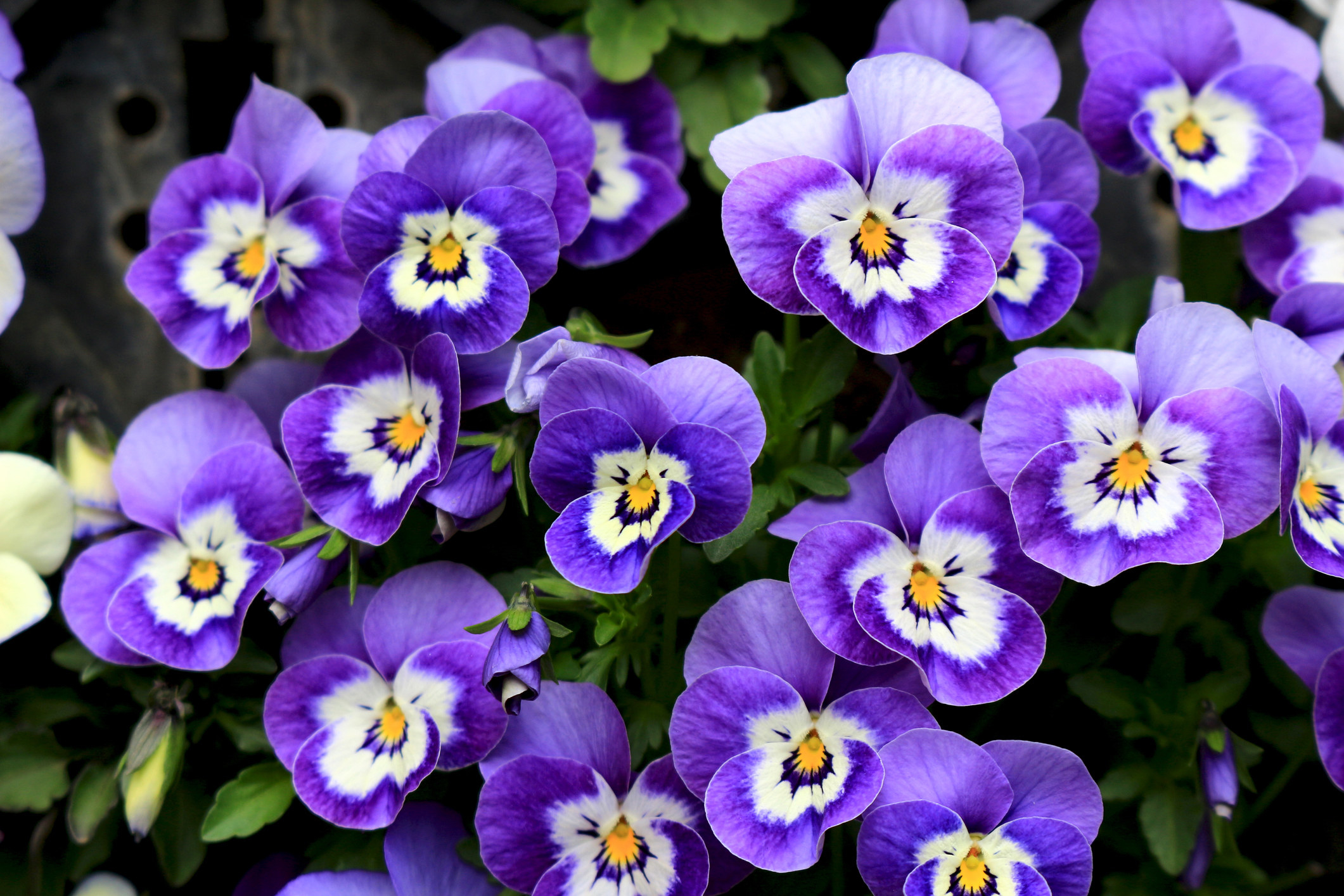
If you're thumb isn't green yet, these crops and flowers can help.

Tomatoes top The Old Farmer's Almanac's list of the best vegetables to grow for beginning gardeners. You can also grow tomatoes in hanging baskets if you live somewhere where outdoor growing space is in short supply. Just make sure that, wherever you plant them, they'll get six hours of sunlight a day. You can see The Old Farmer's Almanac guide for growing tomatoes here.

Sunflowers are tough plants that are heat-tolerant as well as pest-resistant. They grow quickly, so they provide exactly the kind of positive affirmation a beginning gardener needs. They're native to North America, so they'll grow easily in most places in the US. Their seeds are also big and easy to handle, which makes them a good seed to plant if you're gardening with kids.

Another plant that boosts the confidence of beginning gardeners by growing quickly is lettuce. Lettuce doesn't take much space to grow and requires only basic maintenance. Plus, you can start harvesting lettuce for your salad as soon as leaves are big enough to pluck. Salads just taste better when you grew them yourself. You can read the Gardener's Path growing guide for lettuce here.

Zinnias grow quickly and easily. They bloom heavily, leaving you with a very colorful plant in your backyard. You won't be the only one attracted to your zinnias' colors, though. They also attract butterflies.

Green beans grow easily and don't require a lot of space to do so. You will want to consider whether you're growing bush beans (which, as their name suggests, grow on a bush) or pole beans (which grow on long vines). If you're growing pole beans, be sure to give them some sort of support to grow on, such as a trellis or a fence. The Spruce has all the details you'll need for growing both varieties.

Are you eager to see the fruit of your gardening labor? If so, impatiens are perfect for impatient gardeners. See what we did there? Moving on...
Impatiens do best when they're in shade or partial shade; it's best if you can keep them out of full sun. To keep them as happy as possible, also keep them in moist but well-draining soil. Gardening Know How has more information on getting started.

The Farmers' Almanac notes that "few vegetables are as prolific and easy to grow as zucchini and summer squash. The hardest part is figuring out what to do with the abundance of squash you’ll find yourself having!" Perhaps the most important thing to remember is that zucchini needs a fair amount of water to keep growing strong (about 1 to 2 inches per week).

Daffodils are hardy perennials that will grow pretty much anywhere in North America, except for the hottest, wettest parts of the continent (sorry, Miami). The Old Farmer's Almanac suggests that you plant your daffodil bulbs in the ground in the fall, about two to four weeks before the ground freezes. And choose a place that gets a lot of sun!

So long as you remember a few things, growing carrots can be very easy. First, make sure you're planting them in the cooler parts of the growing season (spring and fall). Also, make sure you're planting them in soil that is very loose, sandy, and unobstructed by things like rocks. If there are rocks under your soil, your carrots could end up stunted.

These little guys are tough. In fact, certain types of pansies are tough enough to survive a hard frost in pots, which makes them great for winter gardens. Look here for more tips on growing and caring for pansies.